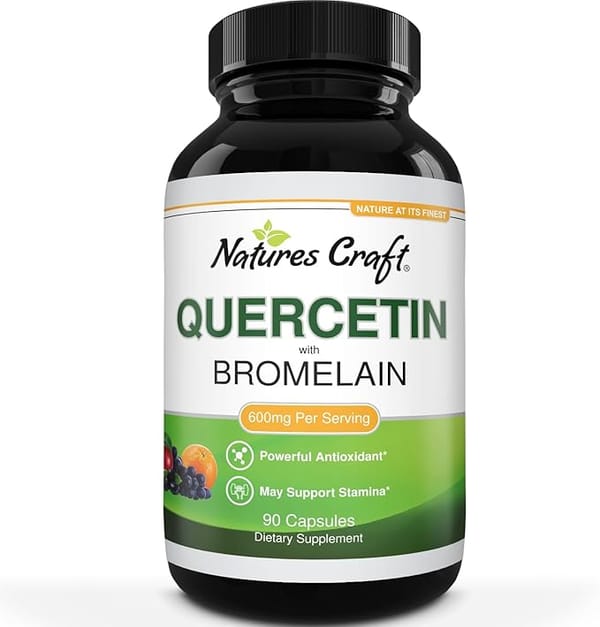Drawing inspiration from Neil Armstrong's famous moon landing quote, running can be seen as "one small step" for an individual that translates into a giant leap for their health. Even a modest amount of running has been shown to provide significant health benefits, making it an accessible and effective form of exercise for people of all fitness levels.
The Armstrong Analogy: Small Steps
Neil Armstrong's famous quote upon stepping onto the lunar surface provides a powerful analogy for the impact of small actions, particularly in the context of running and health. The astronaut's words, "That's one small step for man, one giant leap for mankind," have been the subject of much discussion and analysis over the years[1].
Armstrong later clarified that he had intended to say "That's one small step for *a* man, one giant leap for mankind," emphasizing the contrast between an individual action and its broader significance[1][4]. This distinction is crucial, as it parallels the relationship between a single person's decision to start running and the collective health benefits for society.
The debate over whether Armstrong actually said "a man" or simply "man" has persisted for decades[1][2][5]. Some analyses, including a 2006 computer study of sound waves, have suggested that Armstrong may have indeed said the "a," but it was too brief to be heard clearly[5]. Regardless of the exact wording, the essence of Armstrong's message remains powerful and applicable to health and fitness.
In the context of running, each individual's decision to lace up their shoes and step out the door represents a "small step." This personal action, when multiplied across many individuals, contributes to a "giant leap" in public health. Just as Armstrong's step onto the moon symbolized a monumental achievement for humanity, the cumulative effect of many people engaging in regular physical activity, even in small amounts, can lead to significant improvements in overall public health.
The Armstrong analogy reminds us that seemingly small actions can have far-reaching consequences. It encourages individuals to view their personal fitness efforts not just as isolated activities, but as part of a larger movement towards better health for all of society. This perspective can be motivating, as it imbues even short, simple runs with greater meaning and purpose.
Starting and Sustaining Running

To start running and make it a lifestyle, follow these key steps:
1. Start gradually: Begin with a run-walk approach. Warm up with 5 minutes of brisk walking, then alternate between 1 minute of running and 2 minutes of walking for 20-30 minutes[1][2]. As you build endurance, gradually increase the running intervals and decrease the walking periods.
2. Focus on consistency: Aim to run 2-3 times a week for about 20-30 minutes each session[4][5]. Consistency is more important than intensity or distance when starting out.
3. Set realistic goals: Instead of focusing on speed or distance, set time-based goals. For example, aim to run for 20 minutes without stopping, then gradually increase the duration[1][2].
4. Invest in proper gear: Get fitted for running shoes at a specialty running store to ensure proper support and comfort[1]. Wear moisture-wicking clothing to stay comfortable during your runs.
5. Follow a training plan: Consider using a beginner-friendly training plan to guide your progress. Many apps and websites offer structured programs for new runners[4][5].
6. Listen to your body: Pay attention to how you feel during and after runs. If you experience pain or excessive fatigue, take a rest day or reduce your intensity[2].
7. Incorporate rest days: Allow your body time to recover between runs. This helps prevent injury and burnout[5].
8. Join a running group or find a running buddy: Running with others can provide motivation, accountability, and make the activity more enjoyable[1][5].
9. Track your progress: Use a running app, GPS watch, or simple journal to log your runs. Seeing your improvement over time can be motivating[4].
10. Make it a habit: Schedule your runs like any other important appointment. Consistency is key to making running a lifestyle[4][5].
11. Vary your routes: Explore different running paths to keep things interesting and prevent boredom[4].
12. Celebrate small victories: Acknowledge and reward yourself for reaching milestones, no matter how small[5].
13. Be patient: Remember that progress takes time. Focus on how running makes you feel rather than comparing yourself to others[2][5].
14. Stay hydrated and eat well: Proper nutrition and hydration support your running efforts and overall health[5].
15. Gradually increase intensity: Once you've established a consistent routine, slowly incorporate hills, speed work, or longer distances to challenge yourself and improve fitness[1][4].
By following these steps and remaining consistent, you can successfully start running and integrate it into your lifestyle as a sustainable, enjoyable form of exercise.
Cardiovascular Benefits of Short Runs
Short runs, even as brief as 5-10 minutes per day, can provide significant cardiovascular benefits and contribute to overall health improvement. Research has consistently shown that regular, short-duration running can lead to substantial reductions in mortality risk and improved heart health.
A study analyzing data from approximately 55,000 adults aged 18 to 100 revealed that running for just 5-10 minutes daily at a slow pace (below six miles per hour) was associated with "markedly reduced risks" for all causes of death[2]. This level of activity was sufficient to extend a person's life by several years, demonstrating the powerful impact of even minimal running on longevity[2].
Dr. James H. O'Keefe and his team conducted research on about 5,000 European adults aged 20 to 92, finding that individuals who ran between one and 2.4 hours per week at a leisurely or moderate pace experienced the most substantial reductions in mortality[2]. Surprisingly, these benefits even surpassed those enjoyed by runners who logged more miles at a faster pace, suggesting that intensity is not always the key factor in reaping cardiovascular benefits[2].
The cardiovascular advantages of short runs extend beyond longevity. Regular, brief running sessions can significantly reduce the risk of developing heart disease[3]. A study published in the Journal of The American College of Cardiology showed that runners have a 45% lower risk of dying from heart disease compared to non-runners[3]. This reduction in cardiovascular risk was observed even with runs as short as 5-10 minutes per day[3].
Short runs also contribute to improved cardiovascular fitness by meeting recommended exercise guidelines. The American College of Sports Medicine's 2010 guidelines for improving cardiovascular fitness recommend exercising for 20 to 90 minutes each day, 3-5 times per week, at various intensities (57-94% of maximum heart rate)[3]. Short daily runs can easily fulfill these requirements, making them an effective and time-efficient way to enhance cardiovascular health[3].
Moreover, the consistency of short runs can lead to long-term cardiovascular benefits. By engaging in regular, brief running sessions, individuals are more likely to maintain their exercise routine, leading to sustained improvements in heart health over time[3]. This consistency is crucial for reaping the full cardiovascular benefits of running.
In summary, short runs offer substantial cardiovascular benefits, including reduced mortality risk, improved heart health, and enhanced overall cardiovascular fitness. These benefits can be achieved with minimal time investment, making short runs an accessible and effective way to improve heart health for individuals of all fitness levels.
Endorphin Release: Nature's Mood Booster
Endorphins are natural chemicals produced by the body that function as powerful mood boosters and pain relievers. These "feel-good" hormones are released during various activities, particularly exercise, and play a crucial role in improving mental and physical well-being.
Running, even for short durations, is an excellent way to trigger endorphin release. When you engage in physical activity like running, your body produces endorphins to block pain or stress, putting you in a more positive state of mind[1]. This natural chemical response helps battle depression and anxiety while boosting self-image[1].
The release of endorphins during exercise contributes to what is commonly known as a "runner's high" - a state of euphoria experienced during or after intense physical activity. A 2017 study found that 60 minutes of moderate-intensity aerobic exercise produced feelings of euphoria connected to endorphin signaling[3]. However, it's important to note that even shorter durations of exercise can stimulate endorphin production.
Endorphins work by interacting with the opiate receptors in the brain, reducing pain perception and promoting feelings of pleasure[4]. This interaction not only helps in managing physical discomfort but also plays a significant role in mood regulation. The mood-boosting effects of endorphins can last well beyond the duration of the exercise, contributing to an overall sense of well-being throughout the day[4].
In addition to running, other activities that can boost endorphin levels include:
1. Listening to music or dancing[3]
2. Meditation and yoga[3]
3. Laughing[3][4]
4. Spending time in sunlight[3]
5. Engaging in acts of kindness[3]
Incorporating these activities alongside running can further enhance the natural production of endorphins, leading to improved mood and reduced stress levels.
It's worth noting that the endorphin release from running doesn't require long or intense sessions. Even short, moderate-intensity runs can trigger this beneficial chemical response. This aligns with the overall theme that small, consistent efforts in running can yield significant health benefits, both physical and mental.
By understanding the role of endorphins in mood regulation and pain management, runners can appreciate how their activity contributes to their overall well-being beyond just physical fitness. The natural mood-boosting effects of endorphins make running an excellent tool for managing stress, improving mental health, and enhancing quality of life.














Member discussion